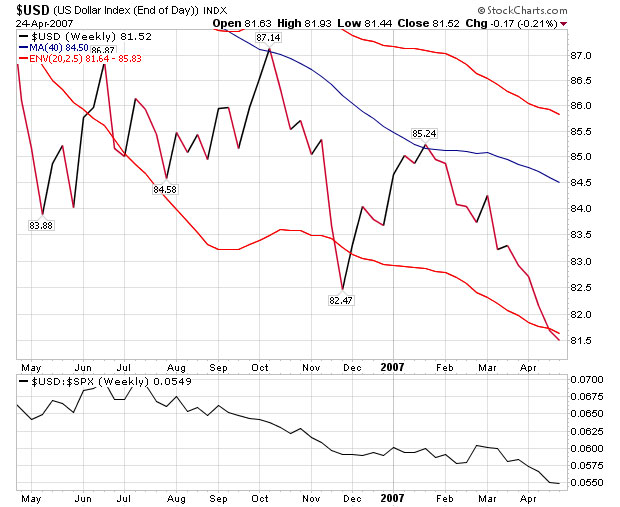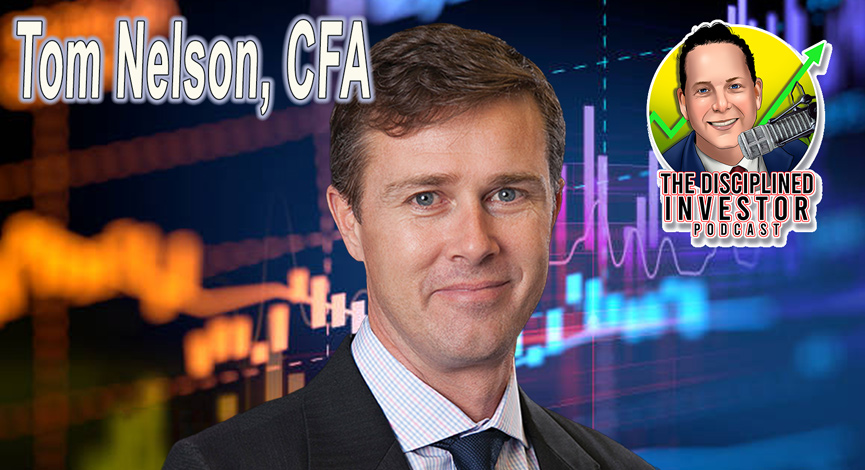There are those newspapers that are easily folded and have crisp edges that seem to be meant for reading and then there are those that that you need to fight with as you turn the pages. Those are usually the same type that need to turn sideways and stretch and bend when you are reading and end up in fat piles rather than neat crisply folded stacks that are ready to be passed on to the next reader. The latter is also the kind of paper that is usually meant for browsing rather than intensive studying. It definitely has something to do with the crease.
I was perusing the bulkier of the two this weekend and came across an entire page of article vignettes that caught my attention and felt a rant was justified. The first I read was concerning the newest deficit enhancer proposed by our “clearly thinking” military leaders. The potential for an extended surge with additional troops in Iraq is being discussed. Then, there was text on the same page about the lack of traction for the housing market.
At the same time, the article that followed discussed a few very troubling statistics showing that the dollar is at an all time low against the English Pound and a 2-year low compared to the Euro. Some of this is due to the terrible spending habits of our country.
If they raise rates, they are at risk of slowing exports. While the consumer had been the reason that the economy had held on to growth during 2000-2004, the exports have been the savior of the economy. Since the dollar is at decade long lows, it has attracted buyers that are clamoring to get their hands on our goods. And why not? If they can purchase a computer at a 25% discount, it makes sense to pay the additional cost for international shipping. Almost every sector has seen a significant influx of foreigners buying their merchandise. This is fine for the time being, but if the dollar regains some of its buying power, there will be an immediate slow down in the sale of the same goods to buyers that trade in currencies other than the US dollar. This is one reason that the FED is in such a quandary.
The second point concerns the housing market. While the FED is not often looking at the housing market (both resale and new construction) as a main driver for the economy, at this particular point in the cycle it is a different story. Homeowners have become used to using the growing equity form their white picket fenced castles as a virtual wallet for their daily expenses. HELOC‘s have become a more common part of home ownership. As the valuation of the real estate market blossomed, the idea of accessing the embedded equity changed from emergency fund usage to credit swapping. Many paid off their high cost credit cards with the excess equity.
The problem is that many did not realize that they probably should not make the same mistake again of using their credit cards to its limit. Even so, during the early 2000‘s the cycle of maxing out, paying off and then maxing out again was common as rates were so low and there was the feeling that housing prices would increase indefinitely.As with a Ponzi scheme, there will assuredly be a day when the roof caves in, when the foundation is not strong enough to hold it up any longer. So, as the housing market cooled, the effects of higher interest rates combined with the climbing expense of higher interest rates with outstanding credit lines, started to squeeze consumers. Fortunately, the demand for exports helped to keep GDP and the economy from caving in. So, in the end, the FED is stuck, sort of a checkmate.
The dollar cannot continue to lose ground to other currencies indefinably and eventually, the FED will step in to rescue it. Even in the face of disrupting exports. There will be an inflection point where the undervalued dollar will begin to increase the cost of goods as the domestic companies will not be able to buy parts and components for their manufacturing process. Are we there yet? It is getting rather close.
The dollar is now at historic levels and the move down is starting to become concerning. It has broken down and it is now is looking as if the next move of the FED will be towards a stronger dollar .
According to the Chicago FED, there are several advantages to a weakening dollar:
Weakening Dollar
Advantages
* U.S. firms find it easier to sell goods in foreign markets.
* U.S. firms find less competitive pressure to keep prices low.
* More foreign tourists can afford to visit the U.S.
* U.S. capital markets become more attractive to foreign investors.
Disadvantages
* Consumers face higher prices on foreign products/services.
* Higher prices on foreign products contribute to higher cost-of-living.
* U.S. consumers find traveling abroad more costly.
* Harder for U.S. firms and investors to expand into foreign markets.
So what tools can the FED use? Traditionally, they would look to buy Dollars and Sell Euros and other currencies, although with the extraordinary level of the US deficient and the need to pay for the Bush War, this may not be feasible. So raising rates quickly may be the only alternative, which would cause major havoc on consumers especially those with any adjustable rate loans.
So is it Possible? Yes Probable. NO
I rant, but what do you think? Is a rate hike in the near a real possibility? Comment and let us know.
















